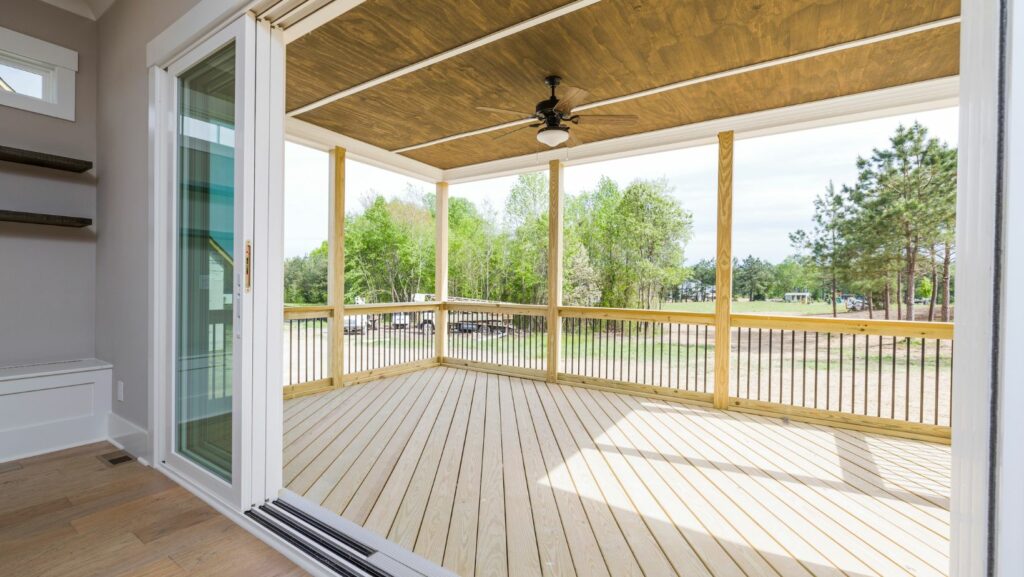Planning an outdoor flooring project might seem simple — pick a surface, lay it down, and enjoy. But the reality is, many homeowners run into preventable issues that lead to cracks, water pooling, loose pavers, or surfaces that wear out far too quickly. These problems often come down to rushing decisions, skipping key prep work, or choosing the wrong materials. For example, using a long-lasting, weather-friendly option like limestone paving from the start can help you avoid some of the most frustrating pitfalls.
Mistake #1: Skipping the Base Prep
The most common reason outdoor flooring fails early is a poorly prepared base. Whether you’re laying pavers, decking, or concrete, what’s underneath matters more than what’s on top. Without proper leveling, compaction, and drainage, the surface above can shift, sink, or crack over time. Even lightweight paths need a stable base. For pavers, this usually means a compacted layer of road base or crushed stone topped with sand — not just bare soil.
Quick tip: Always assess your soil type before building. Clay soils, for instance, hold moisture and may require deeper base preparation or geotextile layers to prevent movement.
Mistake #2: Choosing the Wrong Material for the Climate
A stunning flooring material won’t mean much if it can’t hold up to your weather. In hot climates, dark surfaces can become scorching underfoot. In rainy areas, slick finishes become dangerous when wet. And freeze-thaw cycles can cause certain materials to expand, crack, or degrade over time. It’s important to balance aesthetics with function — think about slip resistance, heat retention, and water permeability.
Not sure what works in your area? Look at public walkways, parks, or long-standing patios in your neighbourhood. If a material is holding up well there, it’s a safe bet for your home.
Mistake #3: Poor Drainage Planning
Water is the enemy of most outdoor surfaces — especially if it has nowhere to go. One of the easiest mistakes to make is forgetting to plan for drainage. Without a gentle slope away from your home, patios and pathways can turn into puddles. And standing water can quickly lead to stains, algae growth, or surface erosion.
What to do instead:
- Ensure your surface has a slight slope (1–2%) away from the house
- Install a gravel sub-base or French drain for larger paved areas
- Use permeable pavers where possible to reduce runoff
Mistake #4: Underestimating Maintenance

All outdoor surfaces require some maintenance, even if it’s just a sweep and rinse every now and then. But some materials are more demanding than others. Wood decking, for example, might look great at first but often needs annual sealing or oiling. Certain types of concrete can stain easily or crack with shifting ground. On the other hand, natural stone options tend to age more gracefully and don’t require much beyond occasional cleaning.
Think realistically about how much time and effort you’re willing to put into upkeep — and choose materials accordingly.
Mistake #5: Forgetting the Edges
The edges of your flooring project are just as important as the surface itself. Without proper edging or borders, pavers can drift over time, especially with foot traffic or pressure from nearby soil. Edging helps lock everything in place and keeps your clean lines looking sharp for longer.
Simple fixes include:
- Concrete or metal edging for pavers
- Timber borders for gravel paths
- Stone retaining edges for raised areas
Mistake #6: Rushing the Timeline
It’s tempting to want the job done fast — especially if you’ve got guests coming over or a big event on the calendar. But outdoor projects benefit from patience. Rushed installations are more likely to suffer from poor alignment, weak joints, or shortcuts in the base layers. Give the job proper time to settle and dry before loading it up with furniture or heavy planters.
If you’re hiring a contractor, make sure they aren’t cutting corners on timing — drying periods, weather conditions, and compaction stages all matter.
Mistake #7: Not Thinking About How You’ll Use the Space
Before picking any materials or laying a single paver, think about what you actually plan to do in the space. Is it mainly for dining? Relaxing? Walking through the garden? Each use case has slightly different needs. A high-traffic path requires durability. A poolside zone needs to be slip-resistant. A shaded garden area benefits from surfaces that won’t attract mould.
Design with function in mind, and your space will look better and last longer.
Getting outdoor flooring right isn’t about spending the most — it’s about knowing what to avoid. By steering clear of these common mistakes and planning with care, you can create a surface that looks great, performs well, and lasts for years with minimal fuss. Whether you’re laying a patio, path, or pool surround, starting with the right base, material, and mindset makes all the difference.

